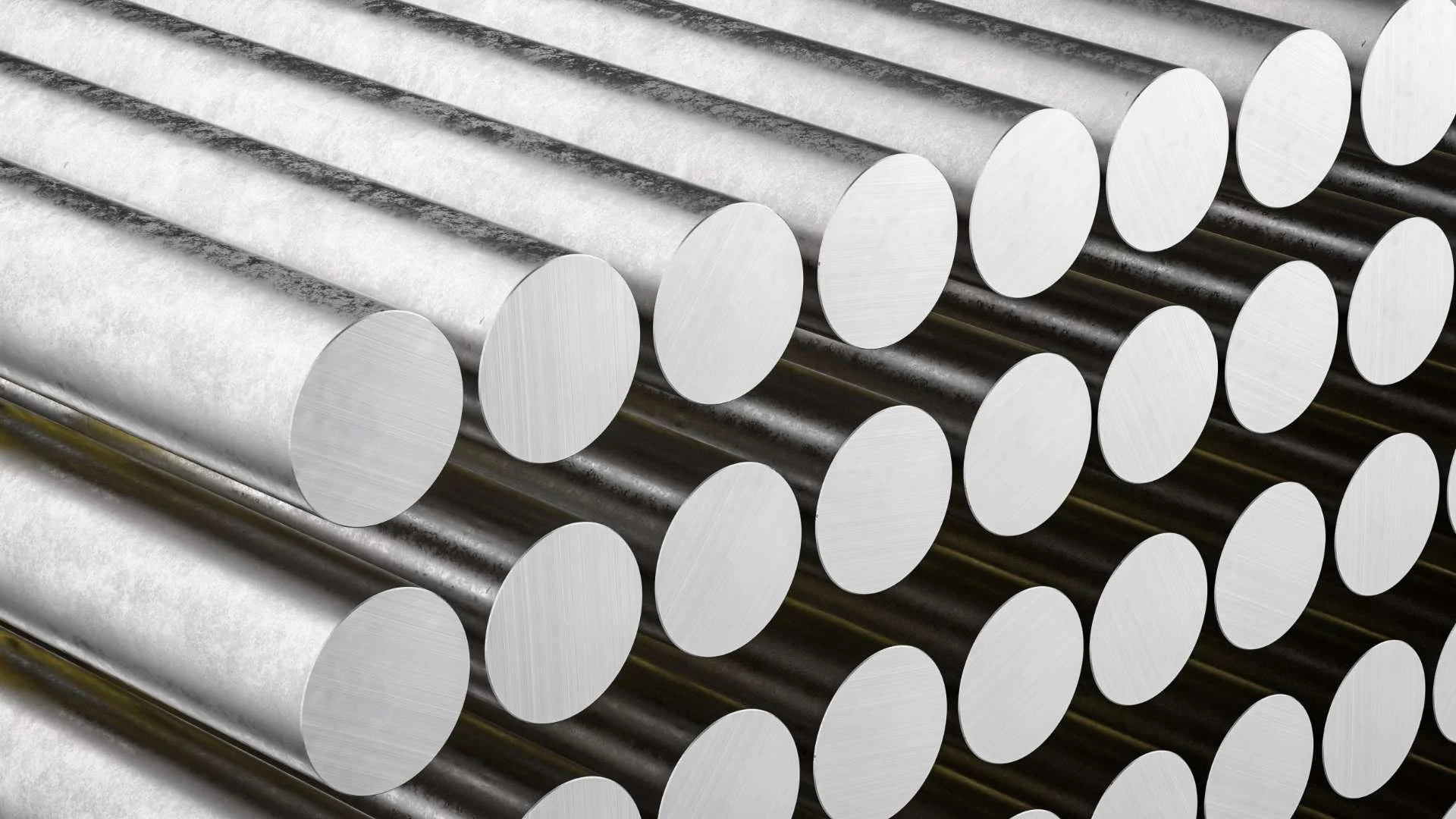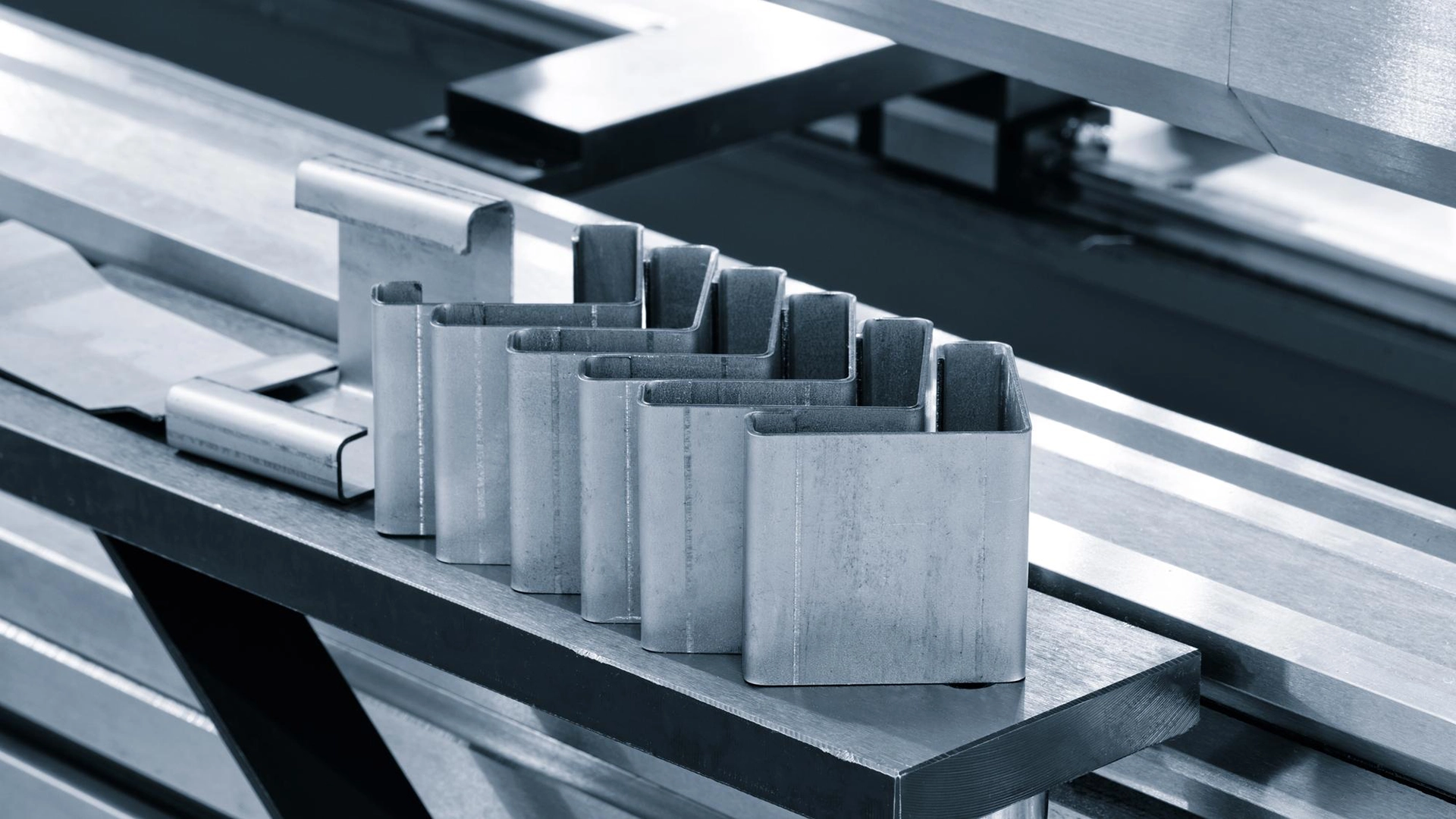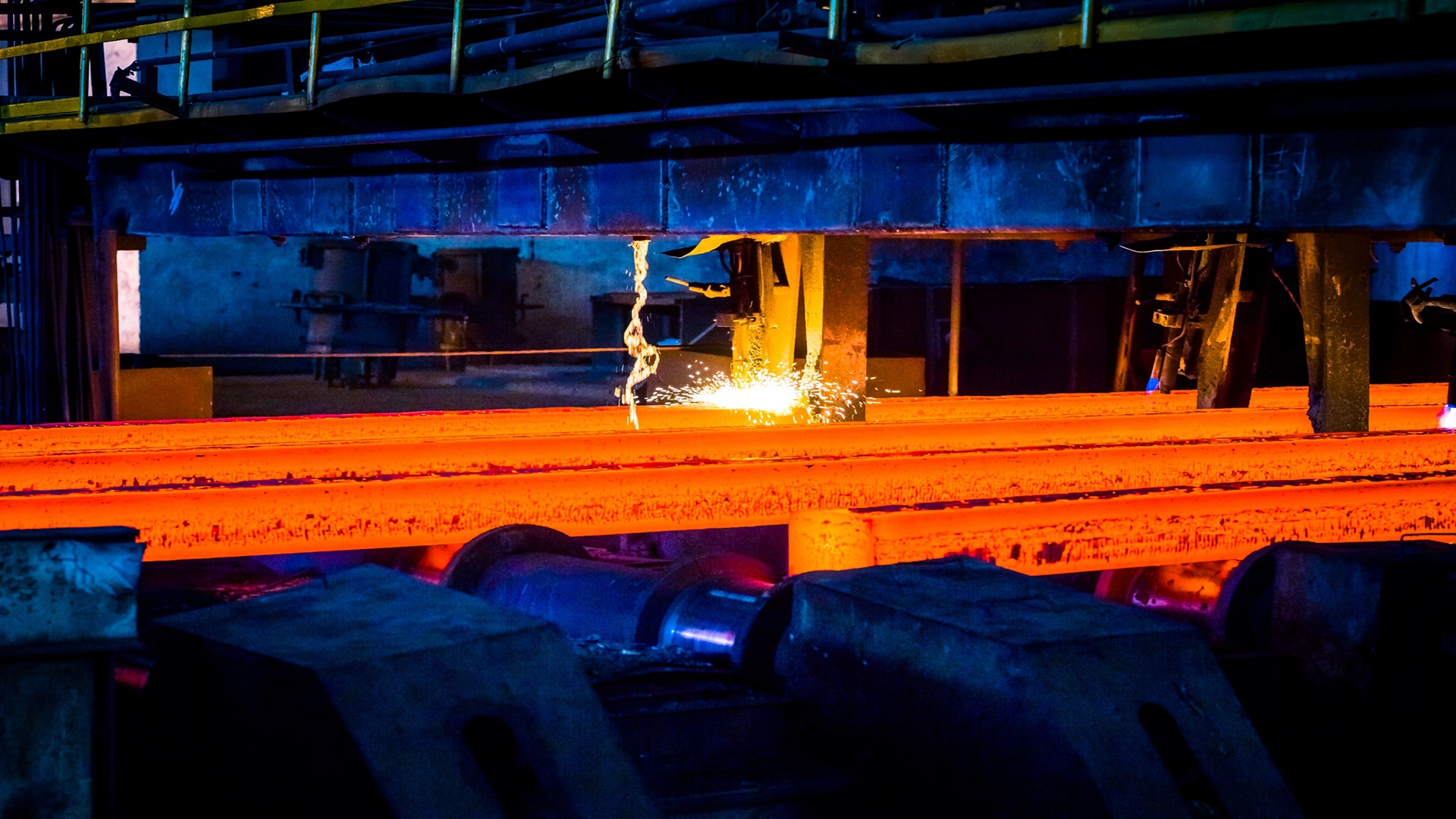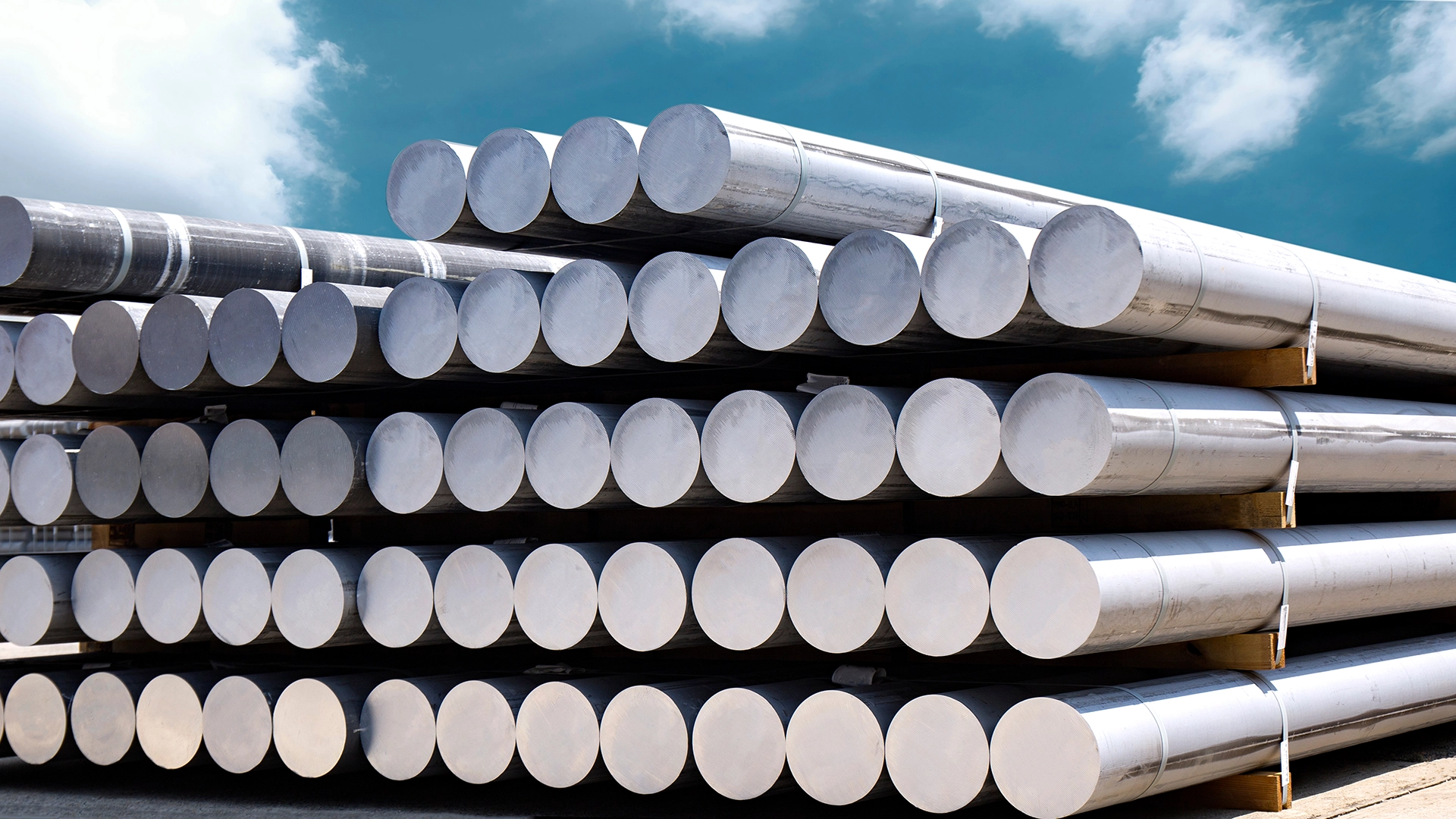Aluminum billet is a solid, long metal rod typically produced in round or square shapes. This semi-finished product serves as the base for final shaping processes such as extrusion, forging, hot rolling, or CNC machining. Billets are produced from aluminum ingots and are later transformed into final components in subsequent stages.

Aluminum Billet Production Process
Billets are produced through continuous casting or hot rolling. In this process, molten aluminum is poured into molds and then compressed under high pressure to form dense, pore-free blocks. This high compression results in billets that are stronger and more uniform compared to cast components.


Difference Between Billet, Casting, and Forging
In casting, the final piece is shaped from a mold, whereas in billet production, the piece is machined from a solid block. In forging, the metal is shaped under high pressure, but billets are typically used as the raw material for this process. Billet components generally have greater strength compared to cast parts.
Applications of Aluminum Billets
Raw materials for CNC machining, manufacturing precise components in the automotive, aerospace, and sports equipment industries, include the production of race pistons and high-performance parts.


Difference Between Billet and Ingot
Ingot (Ingot): A larger and more raw casting product. Billet (Billet): A smaller and more refined piece, ready for precise industrial processes. Ingots are typically used in the early stages of production, while billets are more commonly used in the semi-final or final stages.
